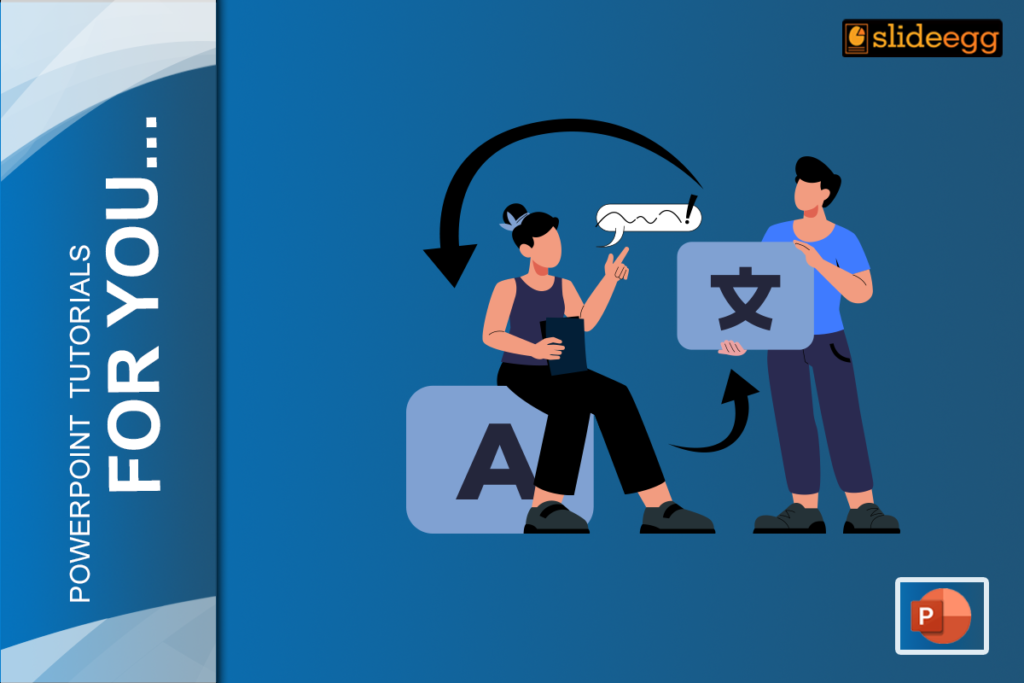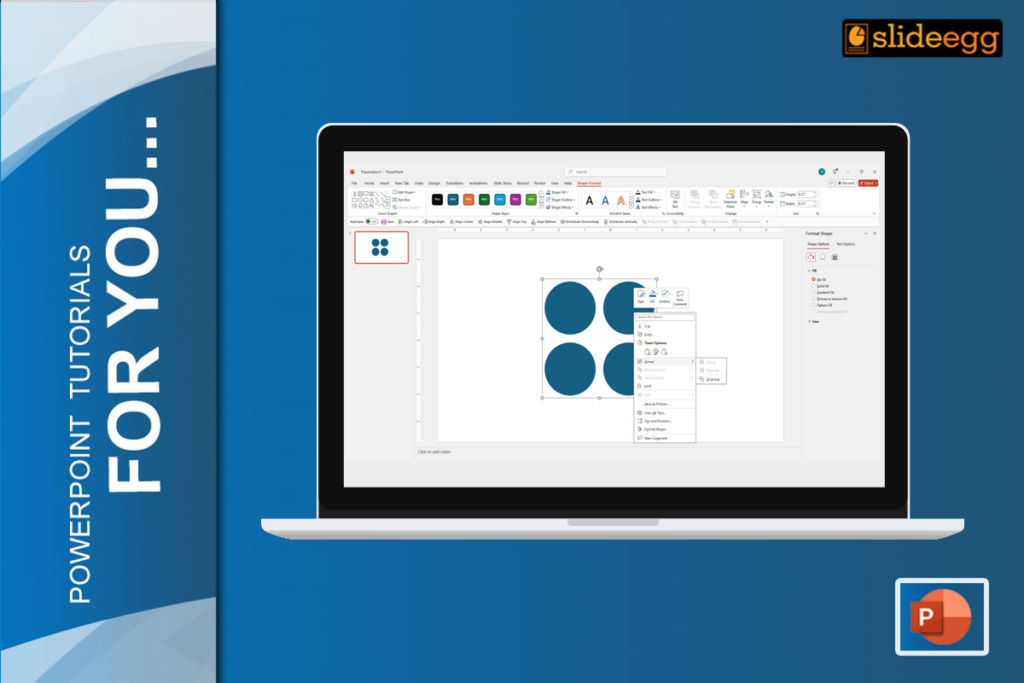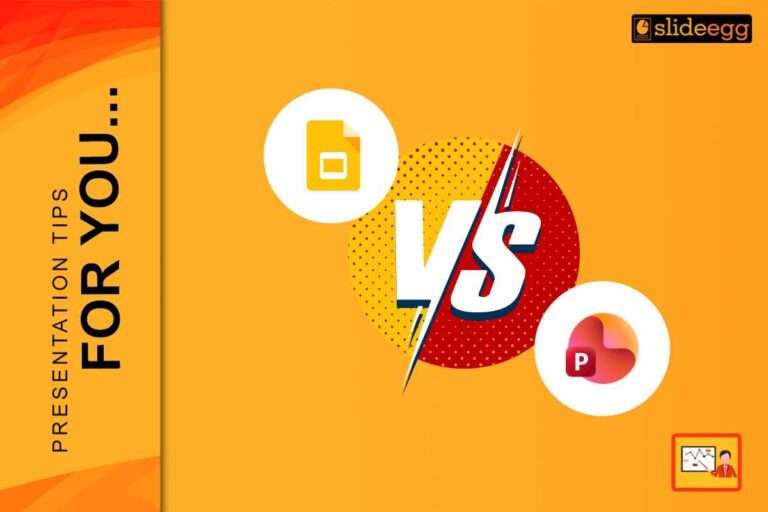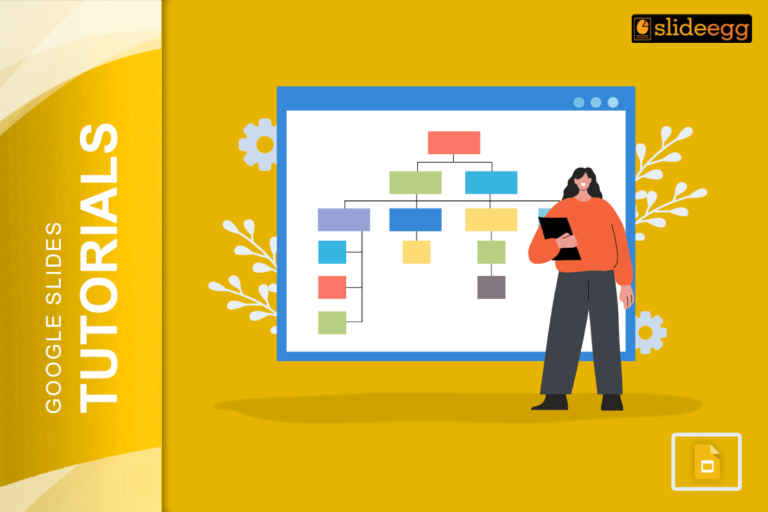PowerPoint, a cornerstone of professional presentations, offers a global reach. But what if the software doesn’t speak your language? Don’t let language barriers hinder your productivity. Changing the display language in PowerPoint is a simple process that can significantly enhance your user experience. In this guide, we’ll walk you through the steps to effortlessly switch between languages, making your PowerPoint journey smoother.
Step-by-Step Guide to Changing the Display Language
Step 1: Open PowerPoint and Access Options
- Launch Microsoft PowerPoint on your computer.
- Select the ‘File’ tab positioned at the top-left section of the screen.
- From the drop-down menu, select ‘Options’. This will bring up the PowerPoint Options dialog box.
Step 2: Navigate to Language Settings
- In the PowerPoint Options dialog box, select the Language tab from the left-hand sidebar.
- Here, you will see three sections: Office Display Language, Office Authoring Languages and Proofing, and Choose Editing Languages.
Step 3: Set the Display Language
- In the Office Display Language section, you’ll see a list of installed languages.
- If your desired language is already listed, select it and click Set as Preferred.
- If your language is not listed, click on the Add a Language button.
- A new window will appear, displaying a list of languages to choose from. Find your desired language, select it, and click Add.
- Once added, select your language from the list and click Set as Preferred.
- Click OK to save your changes.
Step 4: Restart PowerPoint
For the changes to take effect, you need to restart PowerPoint. Close the application and reopen it. Your display language should now be updated to your preferred choice.
Why Change the Display Language?
Changing the display language can significantly improve your workflow, especially if you are more fluent in a language other than the default one. It also helps in making PowerPoint accessible to team members who might be non-native English speakers, facilitating better collaboration.
Additionally, if you’re working on presentations for international clients or audiences, having PowerPoint in the local language can make it easier to ensure accuracy and cultural relevance in your content.
Troubleshooting Common Issues
Sometimes, you might encounter issues while changing the display language. Below are some typical issues and their solutions:
- Language Not Listed: Ensure that your Office installation is up-to-date. Microsoft frequently updates its language packs.
- Changes Not Applying: Make sure to restart PowerPoint after making changes to the language settings. If the problem persists, try restarting your computer.
- Partial Language Change: Some parts of the interface might not change language immediately. Ensure that all relevant language packs are installed and set correctly.
Conclusion
Changing the display language in PowerPoint is a simple process that can enhance your productivity and make the software more user-friendly for non-native speakers. By following the steps outlined in this guide, you can easily switch to your preferred language and improve your overall experience with PowerPoint.
For those looking to switch languages in Google Slides, check out our guide on how to change the display language in Google Slides. And don’t forget to explore our Tips & Tricks page for more ways to make your presentations stand out.
By taking advantage of these features and resources, you can create more effective and engaging presentations that cater to a diverse audience.







